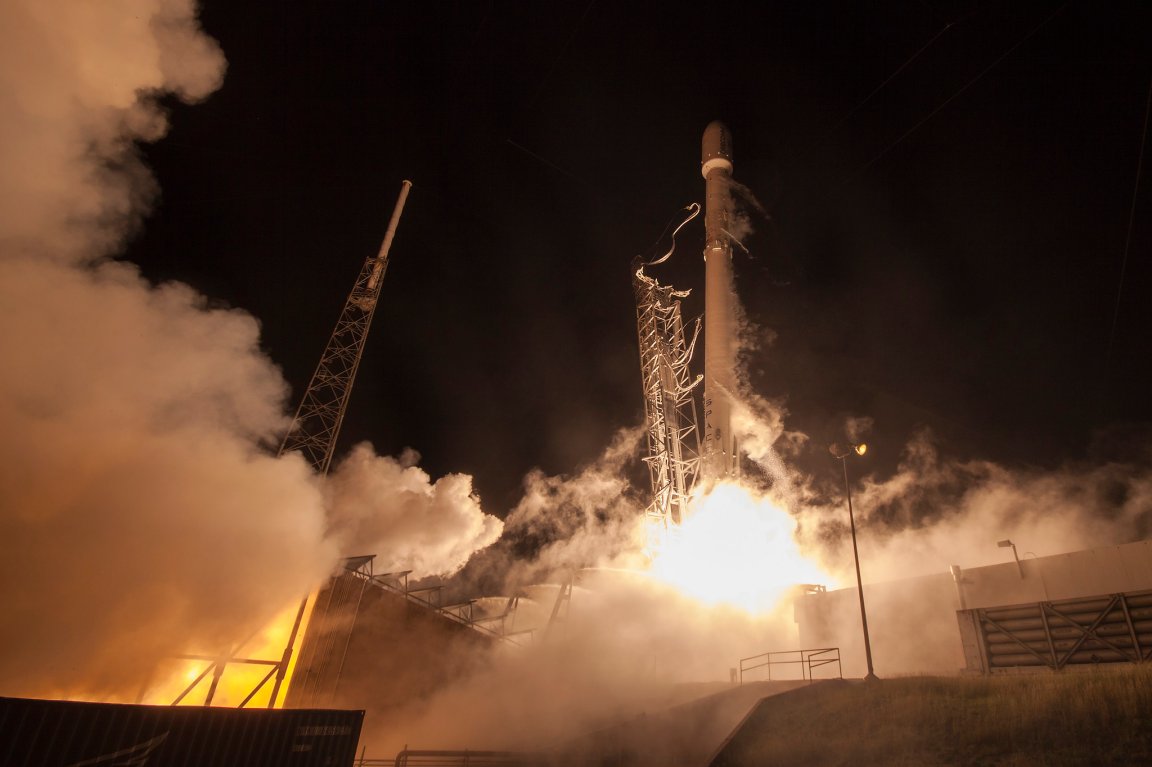
It’s Not Easy
More than two decades of the mid-20th century was dedicated to seeing humans in space. The world’s two biggest superpowers (figuratively) duked it out from 1957 – 1975 to gain supremacy in space technology. This era was, of course, defined by its successes — but these successes may not have been possible without the lessons learned from its disasters. The entire process was filled with dangerous attempts, made even more so by an incomplete understanding of the mechanics that make space travel possible. For example, on January 27, 1967, the three-astronaut team of Apollo 1 died horrifically in a routine ground test of their capsule.
Today’s incarnation of the space race has yet to reach the point where astronauts are involved, but we have plenty of examples of failed launches and landings. Just as our Cold War ancestors did before us, current engineers and scientists are learning from their mistakes to ensure that our species reaches both literal and figurative new heights.

Space Race 2.0
SpaceX likely realizes the utility of taking failures and learning from them. This is why they can post a video like the one above, which takes a lighthearted look at millions of dollars going up in flames. According to the BBC, the global space economy now sits at a whopping $329 billion, with three-quarters of the money coming from the private sector, a drastic change from the government-funded initiatives during the Cold War.
Yesterday, SpaceX’s CEO Elon Musk speculated that his company’s plans to continue working toward reusable rocket parts will eventually drop costs of launches by more than a factor of 100. These improvements and other upcoming innovations, like the Falcon Heavy and the manned Dragon missions, are made possible by the mistakes made at these early stages.